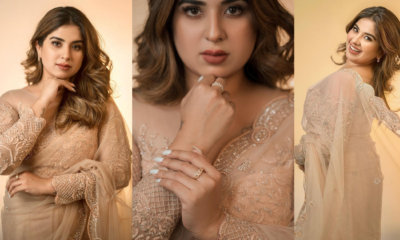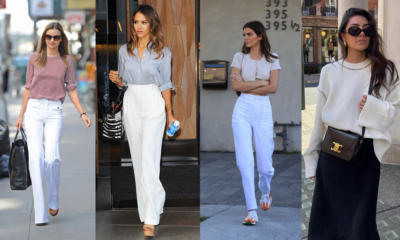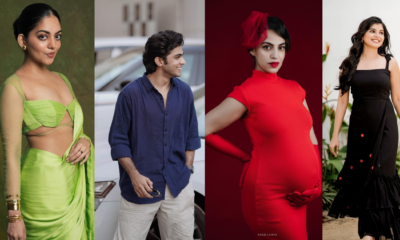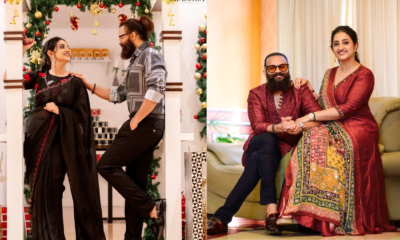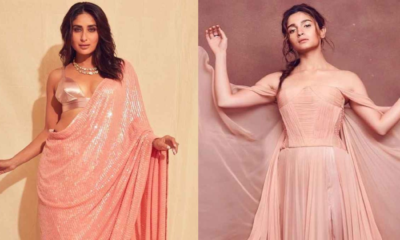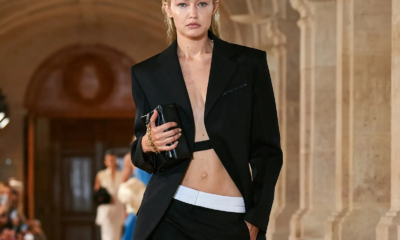Fashion
The State of Fashion in Kerala

A look at Kerala’s shifting sensibilities of fashion, moving towards an appreciation of native craftsmanship
Text Credits: Alan Alexander Kaleekal
Every so often, there is a shift in the winds, a palpable change in the air and a sense of urgency to open our doors wide to the new and unknown. As the dust settles and change drifts in alongside the winds, we are made witness to the birth of something new; terraforming, a much-needed change in the landscape.
For the better half of a decade, the fashion industry in Kerala has been going through a phase of self-discovery and soul searching that has seen a shift in not just the way we dress, but far more importantly, the way we look at ourselves. The change has been slow but sure and the process largely silent, and somewhere down the line, without much fanfare, requiems were surely being written for the past.
In 2009, when I left the country to study fashion in Paris, the fashion scene here was nearly non-existent and what little there was, seemed stagnant at best; there was not much that was conducive to the growth of a career in fashion. There were no seasons or trends, just rehashes of the old and stale, and the majority of the population seemed content the way things were. We have been largely a practical crowd and when it came to fashion, a little went a long way; clothes, like much else in our lives, were strictly functional up until a few years ago. Around six years later, when I returned home in 2015, I could feel a difference in the air. We were eager to usher in the future and the stage was being meticulously set for a new wave to crash against our shores.

A tectonic shift
Fashion, once an afterthought, was slowly taking centre stage, becoming a priority for a majority of the population. The recent buzz around boutiques and designer stores mushrooming across the state and the subsequent burgeoning of the fashion business here has brought a younger crop of designers to the fore. And it was not just fashion that went through a revival, the new-found interest in design studios, art cafés, fashion weeks, film festivals, and biennales has brought back art, design, music, cinema, and fashion into our daily lives. At the vanguard of this revolution are a bunch of dedicated entrepreneurs, designers, stylists, editors, image makers, and visual thinkers who have brought about a tectonic shift in our perception of all things fashion and design.
To presume, however, our tryst with fashion to be a very recent one would be a gaffe. As a designer, I believe much of what I naturally gravitate towards and what is largely reflected in the way I design and think fashion is an extension of our clothing culture in Kerala. Take for instance the buzzwords of contemporary fashion like minimalism, organic clothing and sustainable fashion; these trends have been doing the rounds for the past several seasons but little do we realise that these are design values that are intrinsically a part of the fabrics and garments of our state.

Simply standing apart
Think India, think colours. When the rest of India is known for their riot of colours and embroideries, Kerala stands apart in the fact that our traditional garments feature simple off-white cottons and plain gold borders. Unlike the rest of the country we have always shied away from unnecessary surface ornamentations and loud colours, opting instead for a stark minimalism long before minimalism was in vogue. When it comes to organic clothing, our weavers are masters in hand-weaving organic cotton, a staple of our handloom industry for centuries. We were pioneers in natural fabric dyeing too; the artisans around Balaramapuram took the art of dyeing a step further and introduced Ayurvedic medicinal dyes, giving birth to Ayurvastra, a lesser known and under-explored branch of wellness clothing. And at a time when designers all over the world are wracking their brains over the next big trend in sustainability, we are home to the best examples of zero waste designing in the garment industry, the humble saree and mundu. There is not a single garment in the entire lexicon of fashion that can boast of absolute zero wastage like a saree or a mundu; not a single thread needs to be wasted, no pattern cutting or fabric manipulation is required and every inch of the fabric is utilised without fail.
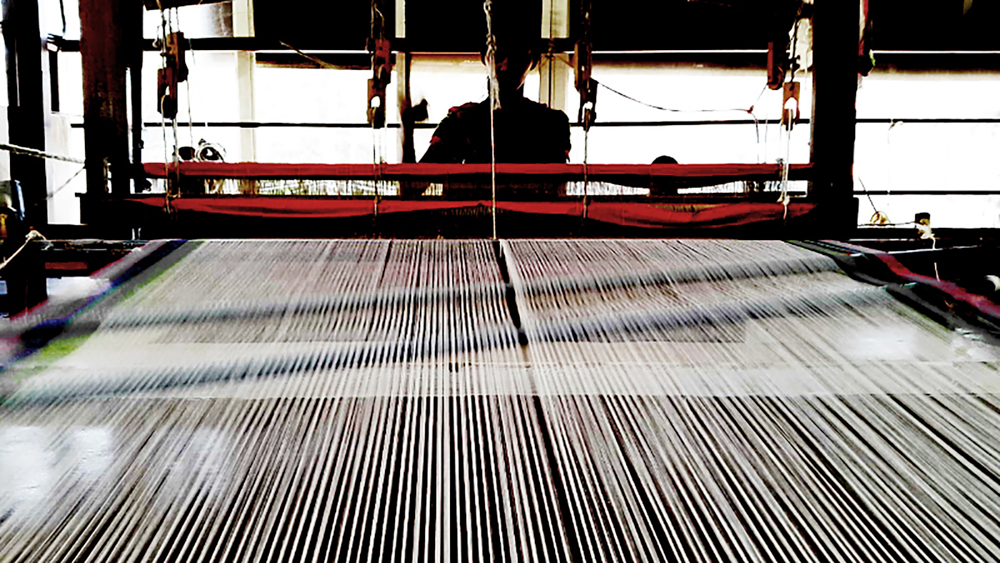
Lost pioneers
When such rich weaving tradition and artisanal crafts abound all around us, the question that begs to be asked is why we needed the aforementioned fashion renaissance in the first place. What restricted us from realising that when we were busy looking to the west for inspiration, our craftsmen were desperately seeking patronage? Far too often we tend to be hyperopic and fail to see what is right before us. We hesitate to take ownership of our inheritance, reluctant to acknowledge what was passed down to us over generations. Way before the ‘Make in India’ campaign was touted to be the next big revolutionary idea, European designers and Western retail giants including Carrefour and IKEA saw the merit in our weaves and relied on weavers of northern Kerala for their fabrics. While international designers kept our crafts alive, even closer home we needed North Indian designers like Rahul Mishra to champion our fabrics and envision their global appeal. Our failure to appreciate our crafts has not been without consequences. There are weavers’ societies in our state that weave handloom fabrics predominantly for European clients and shy away from Indian customers; our own artisans alienated from us due to a lack of trust and bad consumer relationships. The weaving of the famed Cannanore Crepe, once the pride of Kannur, is believed to be lost to us due to a lack of patronage and today what is woven and sold under the same name is a pale imitation of the original. A few swatches of the original Cannanore crepe cotton, hunted down from the far corners of the state adorn my fabric board as prized possessions today; perhaps the only reminders of what is lost to us.
Eschewing colonised fashion
For the past few seasons, I, like many of my contemporaries, have been working with different handloom societies and grassroots level artisan clusters across Kerala in an attempt to revive our weaves, to not only support the local artisans but also provide continued sustenance to our crafts. Each day spent with our weavers is a masterclass in fabric and fashion history, a history that needs retelling lest it be reduced to just stories for future generations. Much of what we perceive to be fashion history today is popular European and American fashion, and despite our love for the over-abused words like ‘Indo-Western’ and ‘fusion’ in our industry, most of what we know and perceive to be contemporary fashion originates from the West. The history of our fabrics and garments can only be retold through revival and patronage, and for that to happen it is not just design that needs to be updated, consumption needs to be equally self-aware and responsible to the society. If we as consumers fail to support and nurture our local talents, we fail as a society in the upkeep of our crafts. The lesson that needs to be learned here is that everything we need to go global is right here, waiting for us to take ownership; all we need to do is acknowledge, appreciate and support.
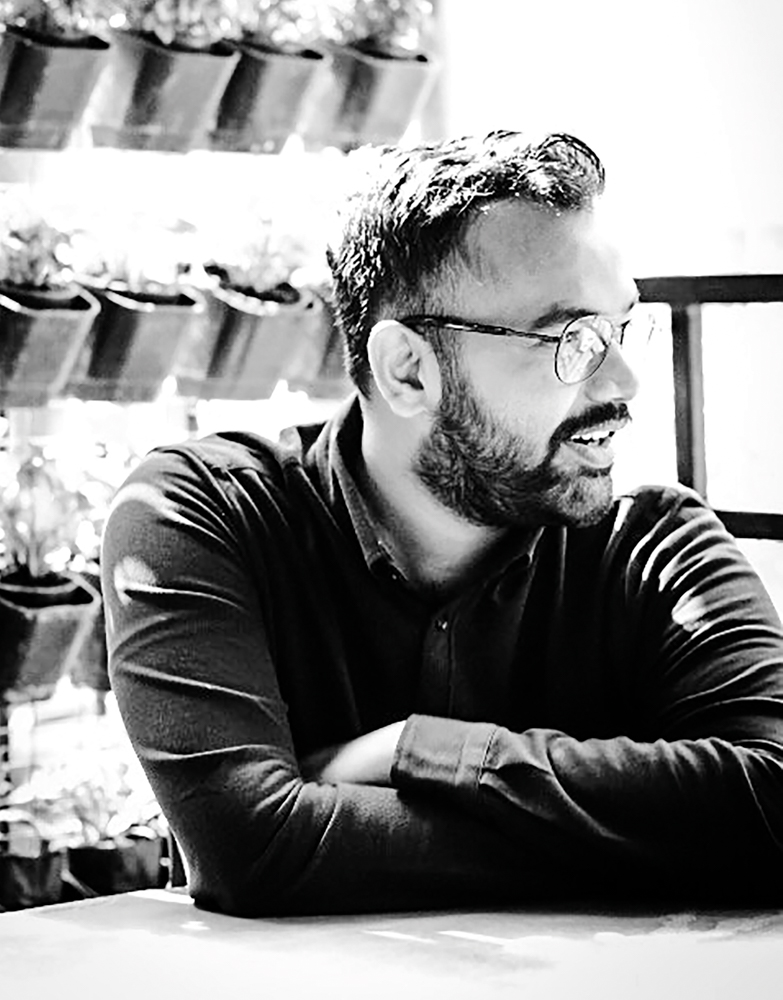
Cover Story
Sonam Kapoor Ahuja’s Traditional Ladakh’s Heritage Attire
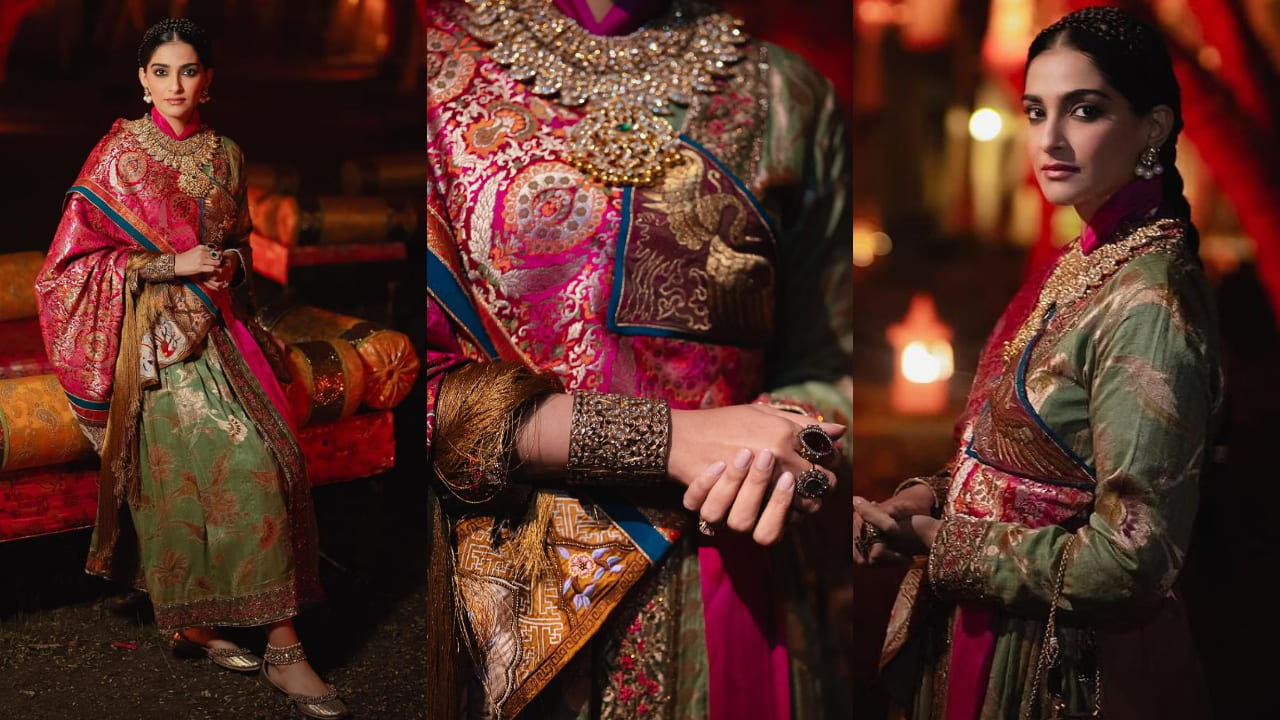
As Anant Ambani’s pre-wedding festivities come to an end, Sonam Kapoor Ahuja chose to dress in Ladakh traditional garb. The event featured a number of topics, with India’s rich past being the focus yesterday night. Sonam Kapoor Ahuja emphasized this by dressing in Namza Couture, which was established in 2016 by Padma Yangchan and Jigmet Disket and is renowned for its commitment to Ladakhi fabrics.
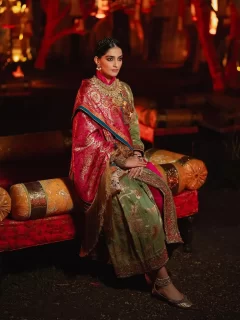
The Mogos, a gown-like item with a shimmering zari border and pistachio green brocade, was part of Sonam’s ensemble. She wore a rani-pink shawl called a “Bok,” which is usually made from silk or goat skin and is worn to keep warm by the locals. This outfit was made of silk by Benaras artisans, and it had intricate phoenix embroidery, which stands for knowledge and vigor. It also had a crane image, which stands for prosperity and peace.
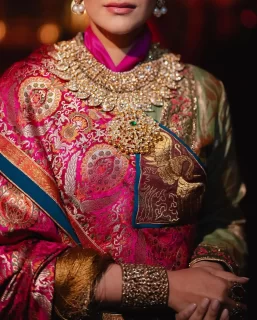
Her jewelry selections also honored custom; she wore a neckpiece set with diamonds and an emerald stone in the center. She accessorized this with striking statement rings and copper handcuffs, all tastefully matched with pearl earrings. She chose metallic juttis to complete her look, and she carried a bespoke purse by re-ceremonial.
Cover Story
Decoding Wedding Looks of Rakul Preet Singh & Jackky Bhagnani

The most anticipated nuptials of the year were that of Rakul Preet Singh and Jackky Bhagnani. When the famous couple released official images from their wedding ceremony a while back, the anticipation surrounding seeing them in their wedding finery finally subsided. The couple looked stunning together as they exchanged vows in a sundowner ceremony in South Goa, becoming husband and wife.
The wedding outfit of Rakul Preet Singh has everyone in awe! In terms of bridal style,she is a shining example of grace and elegance. Examine her gorgeous lehenga in great detail, taking note of its elaborate design and the symbolic significance of its colours. Examine her jewelery selections, beauty tips, and hairstyle specifics. Take inspiration from Rakul’s sophisticated and magnificent wedding look and pick some style advice for your own unique occasion.
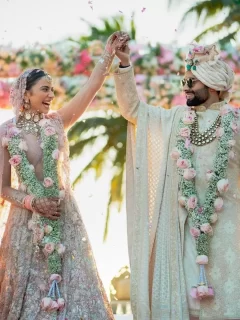
Rakul Preet Singh and Jackky Bhagnani, the romance of the hour, likewise made the choice to forgo the vivid colour scheme in favour of delicate pink and ivory tones. The couple held their partners close to each other while flashing their million-dollar smiles in the official pictures they shared on the internet.
Rakul’s custom-made pastel pink lehenga by Tarun Tahiliani made her look like a dream. The actress donned a skirt covered in hundreds of small floral designs that were heavily glittered, beaded, and pearl-studded. She chose to wear a bustier for her choli, which was made with layers of net fabric that matched the colour of her lehenga. She chose full sleeves with a soft, see-through material buttoned down towards the end of her wrist as opposed to the short-sleeved option. Her dupatta was exquisitely adorned with numerous tiny, vibrant flowers throughout. Pearl and bead embroidery adorned the portion of the chunni that was precisely fastened to her bun.
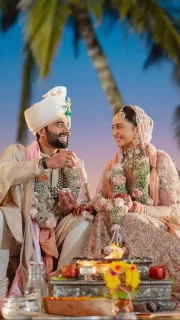
The groom looked great in his ivory-coloured Tarun Tahiliani sherwani, which was embroidered with more elaborate flower patterns. He wore an achkan-style attire that gave off a royal vibe, and his exquisitely tied pagdi matched his choodidaar. It was covered in little studs all over and bordered with embroidery. The actor-producer channeled his inner Akbar by wearing a traditional mojris and carrying his drape in an elegant manner that matched his turban. Jackky also had a sarpech on his safa and a layered neckpiece made of kundan in shades of green. He was observed donning a sophisticated watch, his wedding band, and an additional emerald ring on his other hand.
Regarding Rakul’s jewelry, she opted for a stunningly crafted choker instead of the lengthy neckpieces. Her necklace’s enormous, blingy stones may easily cause blindness in anyone. Pearls, beads, and a few more medium- and small-sized gemstones were used to balance and assemble them. A maangtika and large, hanging earrings finished her ensemble. The massive, elegant, and shimmering engagement diamond she flashed on her ring finger was the talk of the town. Additionally, she donned pink kaliras and custom-made, minimalist choodas by designer Mrinalini Chandra.
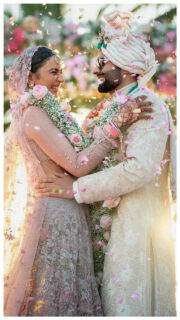
The actress chose to use soft glam makeup in hues that complemented her wedding attire for her makeup look. For her D-day, she accessorized her eyes with eyeliner, a glowy base, and dark arched eyebrows, all complemented with a delicate pink lipstick shade. The actress also sported a modest mehendi on her hands, in keeping with the trend. They even decided on a backdrop and décor made of flowers. Baby’s breath flowers and enormous pink roses were used to make the varmalas.
Cover Story
How to Identify an Authentic Banarasi Saree
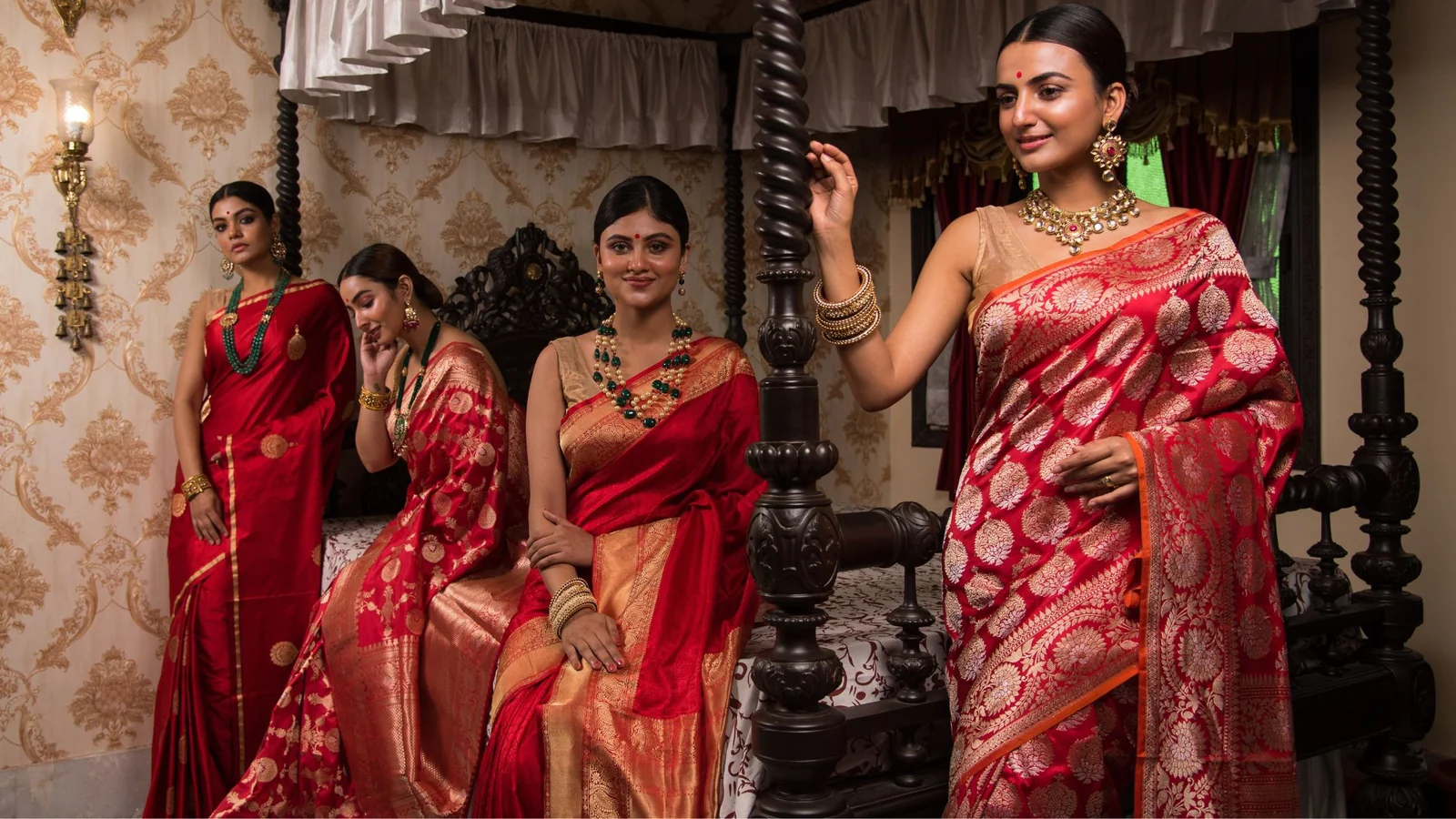
The saree is a timeless fashion item. Because of its unparalleled elegance and timelessness, sarees are referred to as classic ensembles. Even though sarees come in a variety of styles, nothing compares to a genuine Banarasi saree. A Banarasi saree has it all: a royal vibe, elegance that will make you the topic of the town wherever you wear it. Genuine Banarasi sarees are expertly crafted by experienced weavers using the finest silk yarn, paying close attention to every last detail.
The best type of silk saree is the banarasi saree, which has significant cultural and historical value in India. Their elaborate designs and opulent fabrics have made them famous and beloved worldwide.On certain occasions, women adore showing off their lavish and royal banarasi sarees. Banarasi sarees currently come in a range of shapes and designs in lightweight materials, in addition to the heavier ones, that suit the tastes and fashion sense of the current generation. There can be a lot of banarasi saree merchants or retailers in the market, but keep in mind that not all of them are likely to be offering authentic or high-quality sarees. Be sure to choose an actual banarasi saree while making your purchase. So here are few tips on identifying an authentic banarasi Saree

Check the saree’s reverse side.
Simply examining the saree’s reverse side will allow you to identify its authenticity. There will always be floats inside the weave and warp grids of loom-woven Banarasi sarees. Sarees woven by machines will be smooth to the touch.
Ask to see a certificate
Another crucial item to check for when buying pure silk sarees is the Certificate of Authorised Use of the Silk Mart Logo. Make sure to always ask for a certificate if you are purchasing a real silk saree.
Seek out the minor “imperfections”
The little “imperfections” that give a handwoven sari its unique beauty are what give them their beauty. The flawless “imperfections” are what set Banarasis handlooms apart from powerlooms. A handwoven textile will nearly always have subtle human touch elements, such as picks in the foundation fabric or even black lines running along the textile’s selvedge.
Think about the cost.
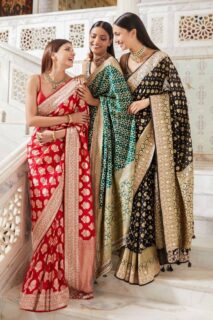
In general, price is a good way to tell if a Banarasi is real or not. Handmade items are expensive and require time to complete. Making it takes hours, but the finished product has a touch and sense of absolute quality. Therefore, if you’re finding a fantastic “deal” online, it’s usually not real. The history, craftsmanship, and quality of a Banarasi are unparalleled, and as buyers, we ought to be prepared to shell out a reasonable amount to guarantee its continued existence.
-
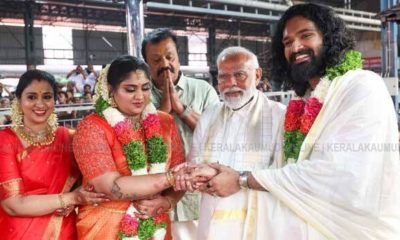
 Entertainment3 months ago
Entertainment3 months agoThe Stunning looks from Bhagya Suresh’s Wedding
-
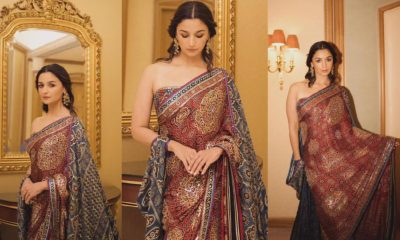
 Fashion3 months ago
Fashion3 months agoMost Discussed Ajrakh Saree of Alia Bhatt
-

 Entertainment3 months ago
Entertainment3 months agoThe Most Stylish Guests of Bhagya Suresh Reception
-
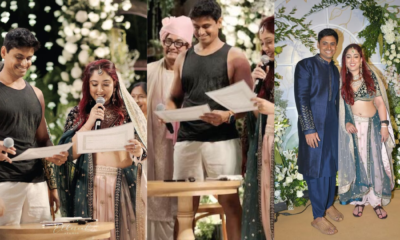
 Entertainment3 months ago
Entertainment3 months agoEverything about the Ira Khan wedding that is out of the norm
-

 Entertainment3 months ago
Entertainment3 months agoBridal Bliss : All Bridal Looks of Swasika Vijay
-
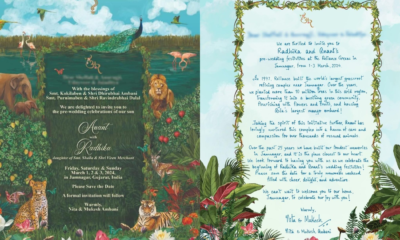
 Entertainment3 months ago
Entertainment3 months agoAll About The Dreamy Pre Wedding Invite Of Anant Ambani & Radhika Merchant
-
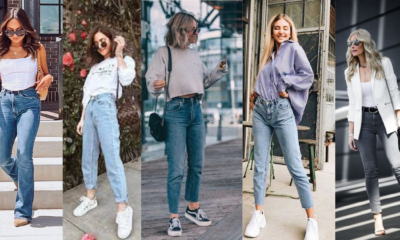
 Fashion3 months ago
Fashion3 months agoMajor Denim Trends You Need To Know in 2024
-

 Entertainment3 months ago
Entertainment3 months agoBest Looks from Golden Globes 2024


